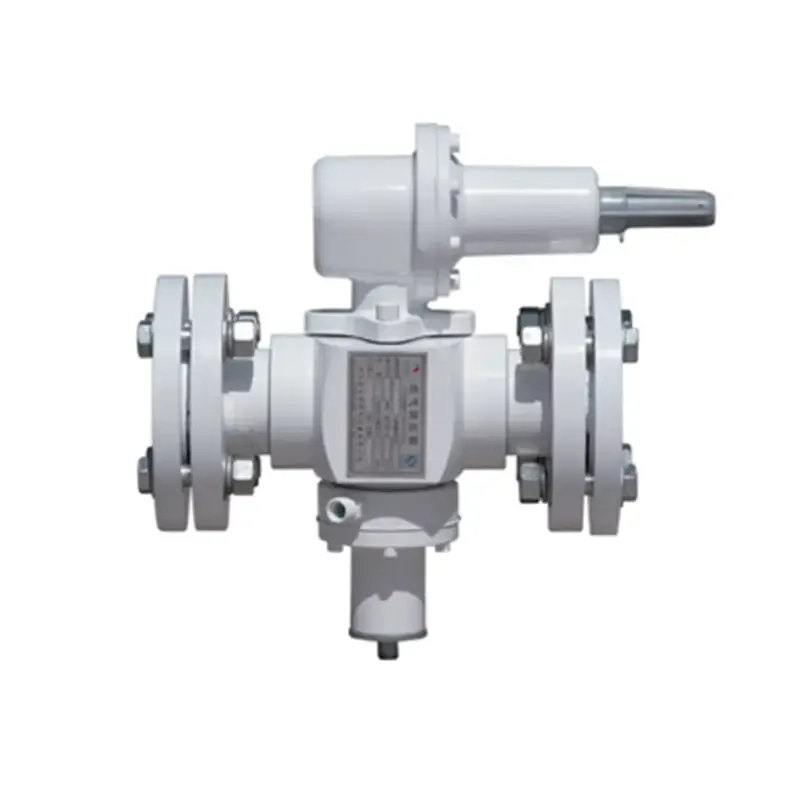
Aug . 21, 2024 13:40
Back to list
Gas Distribution Station Overview and Operations Guide
The Essence of Gas Distribution Stations
Gas distribution stations play a pivotal role in the supply chain of natural gas, ensuring that this vital energy resource reaches homes and industries with efficiency and safety. As the world increasingly shifts towards cleaner energy solutions, understanding the workings and significance of gas distribution stations becomes essential.
At its core, a gas distribution station is a facility that receives natural gas from transmission pipelines, which transport gas over long distances from production areas to cities and towns. Once the gas arrives at these distribution stations, it undergoes a series of processes designed to regulate its pressure and facilitate safe delivery. This is crucial because natural gas is typically transported at very high pressures. The stations utilize pressure regulation equipment that reduces the pipeline pressure to levels suitable for safe distribution through local networks.
.
Moreover, these stations often include measurement systems to monitor the flow and volume of gas being distributed. Accurate measurement is crucial for billing purposes and ensures that customers receive the correct amount of gas. Additionally, many stations are now equipped with advanced monitoring technologies, including remote sensors and automated systems, which provide real-time data on various parameters of gas flow and station performance. This data is invaluable for ensuring that any potential issues are swiftly addressed, minimizing the risk of disturbances in the supply chain.
محطة توزيع الغاز

Safety is a fundamental concern at gas distribution stations. Regular maintenance and inspections are performed to ensure that all equipment is functioning properly and that there are no leaks. Emergency protocols are established, and staff are trained to respond effectively to any incidents. This proactive approach to safety helps mitigate risks associated with gas distribution, making it a secure means of energy supply.
In recent years, the role of gas distribution stations has evolved alongside technological advancements and environmental considerations. With a growing focus on reducing greenhouse gas emissions, many distribution stations are exploring innovative solutions, such as integrating renewable energy sources into their operations. For example, biogas – derived from organic matter – is being considered as a complementary fuel to natural gas. This incorporation not only diversifies the energy mix but also supports global efforts towards sustainability.
Furthermore, as urban areas expand and the demand for energy increases, gas distribution networks are adapting to meet these challenges. Infrastructure upgrades and the incorporation of smart technologies are becoming more common, allowing for more efficient distribution systems that can better respond to fluctuating energy demands. Solutions such as grid interconnections and advanced analytics are paving the way for a more resilient and responsive gas distribution network.
In conclusion, gas distribution stations are vital components of the energy landscape, ensuring the safe and efficient delivery of natural gas to consumers. Their importance is underscored by the ongoing evolution of energy needs, safety regulations, and technological advancements. As we move towards a more sustainable energy future, the flexibility and resilience of gas distribution systems will undoubtedly play a crucial role in addressing the challenges ahead while meeting global energy demands.
Latest news
-
Safety Valve Spring-Loaded Design Overpressure ProtectionNewsJul.25,2025
-
Precision Voltage Regulator AC5 Accuracy Grade PerformanceNewsJul.25,2025
-
Natural Gas Pressure Regulating Skid Industrial Pipeline ApplicationsNewsJul.25,2025
-
Natural Gas Filter Stainless Steel Mesh Element DesignNewsJul.25,2025
-
Gas Pressure Regulator Valve Direct-Acting Spring-Loaded DesignNewsJul.25,2025
-
Decompression Equipment Multi-Stage Heat Exchange System DesignNewsJul.25,2025

